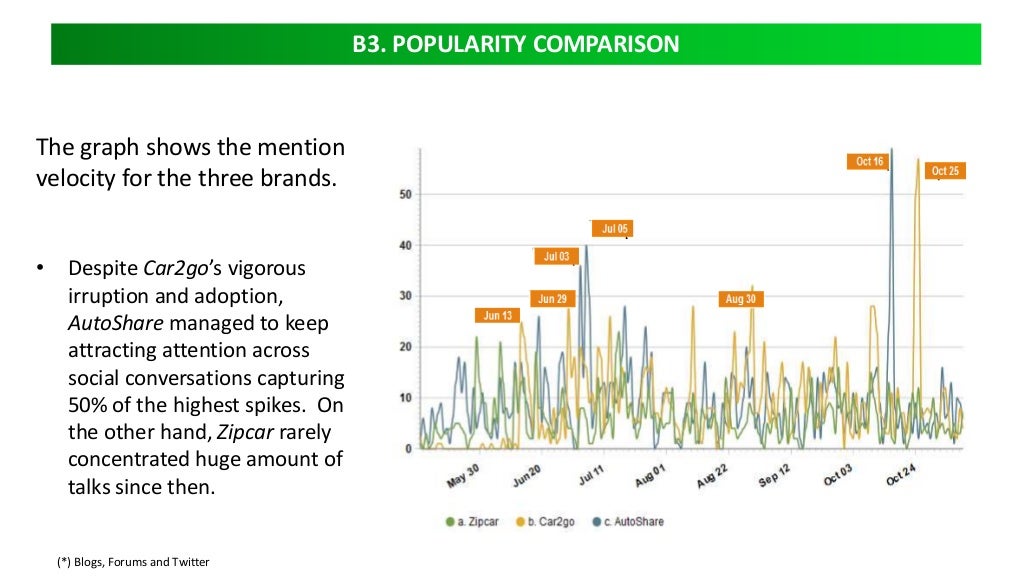Are you ready to discover 'case study carsharing'? Here you can find the answers.
Table of contents
- Case study carsharing in 2021
- Why is car sharing good for the environment
- Google scholar
- Benefits of car sharing
- Most common car in america
- Mobility and environmental impacts of car sharing in the netherlands
- When did cars become common
- Car sharing reduce pollution
Case study carsharing in 2021
 This image illustrates case study carsharing.
This image illustrates case study carsharing.
Why is car sharing good for the environment
 This image shows Why is car sharing good for the environment.
This image shows Why is car sharing good for the environment.
Google scholar
 This image illustrates Google scholar.
This image illustrates Google scholar.
Benefits of car sharing
 This image representes Benefits of car sharing.
This image representes Benefits of car sharing.
Most common car in america
 This picture illustrates Most common car in america.
This picture illustrates Most common car in america.
Mobility and environmental impacts of car sharing in the netherlands
 This picture demonstrates Mobility and environmental impacts of car sharing in the netherlands.
This picture demonstrates Mobility and environmental impacts of car sharing in the netherlands.
When did cars become common
 This picture demonstrates When did cars become common.
This picture demonstrates When did cars become common.
Car sharing reduce pollution
 This picture shows Car sharing reduce pollution.
This picture shows Car sharing reduce pollution.
Which is the largest carharing service in the world?
In July 2017, car2go announced that it had just registered its 2.5 millionth member. Again this is by far the largest carsharing membership base: it is 2.5 times larger than BMW’s program. It took Zipcar (station-based competitor) 16 years to sign up 1 million members.
Where does peer to peer carsharing take place?
Peer-to-peer carsharing (P2P) is much more common in the UK, the Netherlands, Germany and other parts of Europe, but it is the fastest growing carsharing business model in the United States. Turo is the biggest of the six P2P providers in North America.
Which is more cost effective, car ownership or carsharing?
Carsharing is generally a much more cost-effective option for people than personal vehicle ownership. In 2017, AAA estimated that owning and operating a new vehicle costs approximately $706/month, Zipcar claims that their members spend on average just over 100$/month (including their monthly membership).
How is the carsharing market growing in the UK?
CAGR estimates of carsharing growth in the UK are between 18-20% for fleet and membership in the next 7 years. Part of this growth has to do with infrastructure improvements for broadband networks and a very unstable economy that results in people looking for alternatives to owning a vehicle.
Last Update: Oct 2021